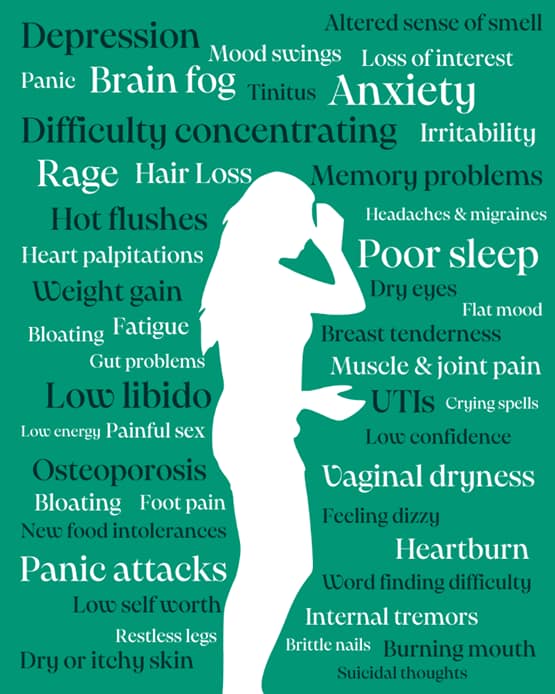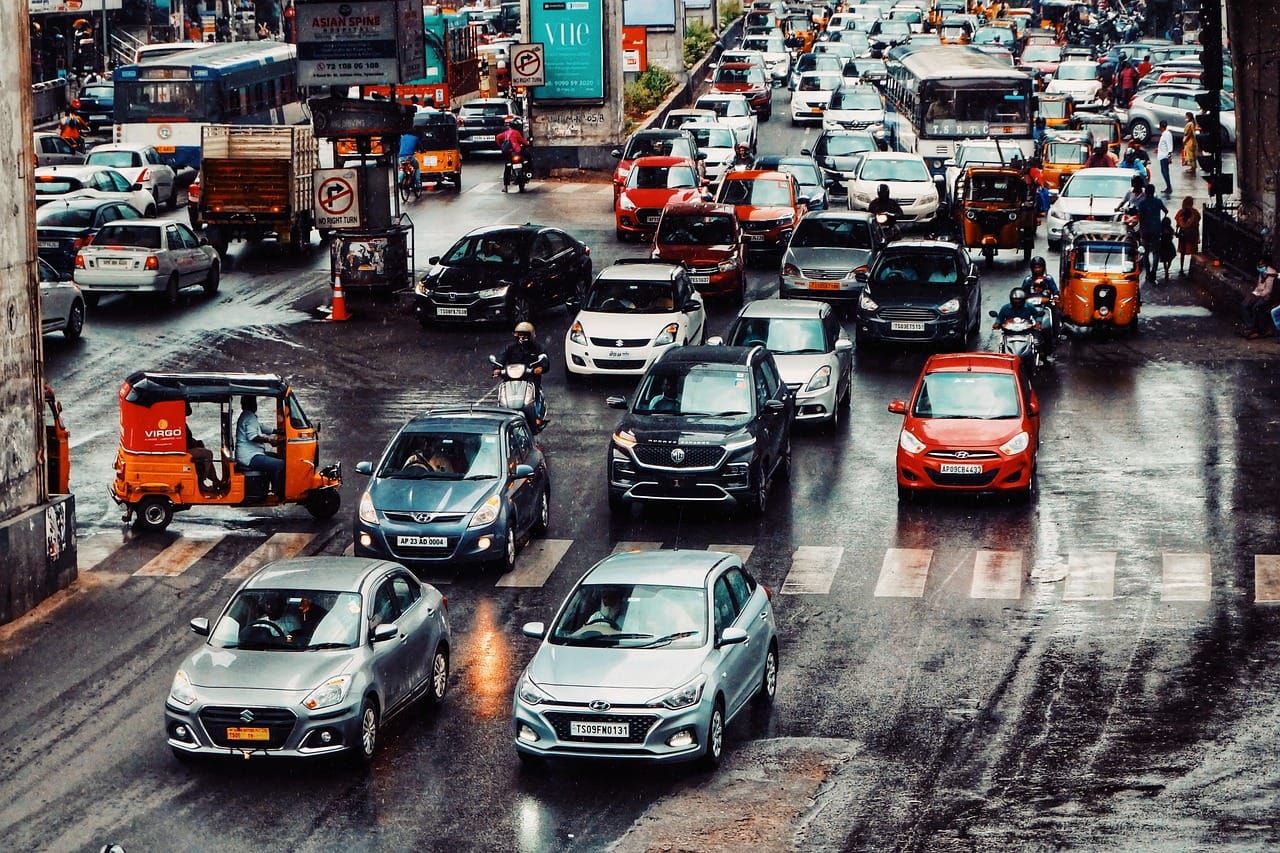
Do we ‘know’ what other cyclists are about to do?
If you are only a tiny bit familiar with the Netherlands, you probably know that they use the bicycle – a lot. For the Dutch, it is very common to learn to ride a bicycle from a young age. Moreover, the bicycle is used for nearly all sorts of travelling goals as long as the distances are not too long. However, with the current modernization in the traffic industry, the cyclist is now also an important part of the world of automated vehicles and ‘smart cars’.
Every traffic participant needs to detect the most relevant aspects of a traffic scene in order to travel to a destination safely (Endsley, 1995). The same applies for automated vehicles and such cars are therefore filled with cameras and smart image processing systems to be able to see everything from every angle.
“However, as seeing is only one part of managing a traffic situation, interpreting and reacting to other road users is an entirely different story.”
For example, how do these systems cope with cyclists? In Dutch cities, there are a lot of them and they make many manoeuvres during their rides, some more logical than others. Even for cyclists themselves, crowded situations such as large intersections where it feels like ‘traffic is coming from everywhere’ can be very demanding. Cars with cameras at all angles might have an advantage in this respect, but these cars might as well get very confused. The fact that hardly any cyclist indicates direction does not really help either.
“Many cyclists like to believe that they are aware of what other cyclists are doing and that they somehow ‘know’ what they will do next (and yes, I am one of them). This ‘knowing’ could be an outcome of years of cycling experience, but little is known about whether this assumption is actually true.”
In a computer-based survey, we tested whether cyclists are capable of predicting the intentions of a lead cyclist based on only the cyclist’s behaviour before making a turn (Westerhuis & De Waard, In Press). We asked 108 participants to view 24 videos of a cyclist near an intersection on which he or she either turned left, right, or continued straight forward. The videos were recorded in real traffic and the cyclists did not know that they were recorded (they were somewhat stalked), as the situation would have been acted otherwise. We only showed videos in which the cyclists did not use an arm to point out their intended direction (which was the majority of footage). Just shortly before the cyclist actually made a turn, the image was frozen and the participants answered several questions. The first question was ‘which direction do you think that the cyclist will go: left, straight, or right?’. Hereafter, they were asked to provide the most prominent behaviour that made them believe that the cyclist would go in that direction.
The results indicate that the participants’ predictions were only more accurate than chance level for the occurrences in which the cyclist went straight on (Westerhuis & De Waard, In Press). When the cyclist in the video made a turn, this was not predicted more accurately than one would expect based on chance. Furthermore, the predictions of experienced cyclists were not better than the predictions of inexperienced cyclists.
“This means that, even for experienced cyclists coming from the Netherlands, it is very difficult to predict which direction a cyclist who does not use arm signals will go before the manoeuvre is initiated.”
This makes it difficult to anticipate their behaviour. Some behaviours were related to making better predictions, for example, observing that a cyclist is looking over the left shoulder might be related to making a left turn and a high speed seems related to a cyclist going straight on.
“Now what can we learn from this?”
First, we learned that cyclists are unpredictable and this emphasizes the importance for cyclists to be explicit about their intentions, in particular when they are going to make a turn. Although many cyclists are able to avoid a collision by quickly correcting their behaviour, these corrections need more time than anticipating a correct prediction beforehand. Second, as cyclists themselves struggle with predicting intentions correctly, maybe the new ‘smart’ devices can measure aspects that a human cannot observe. In this optimistic view, these systems might also be suited for cyclists as with the development of the electric bicycle there is a power source available to feed such a system. Maybe this system could even detect what a cyclist is about to do and show this explicitly to other road users, so that the cyclist can keep his or her attention on cycling safely while other road users are being made aware of their intentions. But perhaps machines will perform just as badly as we humans do…
Related articles:
Endsley, M.R. (1995). Toward a theory of situation awareness in dynamic systems. Human Factors, 37(1), 32-64.
Westerhuis, F., & De Waard, D. (In Press). Reading cyclist intentions: what is a lead cyclist about to do? Accident Analysis and Prevention.
NOTE: Image by lyap, licenced under CC BY 2.0.




My strategy is to always assume that cyclists will do whatever is most inconvenient to the other traffic participants. This usually works remarkably well.